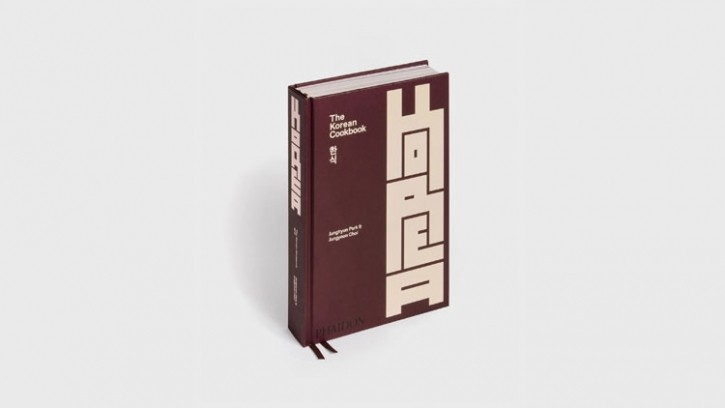Book review: The Korean Cookbook

Korean food has experienced a surge in popularity on a global scale over the past decade, with figures suggesting that since 2011 there has been a 300% increase in the number of Korean restaurants outside of the country and four times as many Korean restaurants included in the Michelin Guide to New York in 2022 compared to 2006.
With their new cookbook Michelin starred chef Junghyun Park and culinary historian and teacher Jungyoon Choi aim to tell the stories of Korea through hansik, or Korean cuisine, as well as shed light on its growth in popularity in recent times. The book has three objectives they say: to tell the story of how Koreans celebrate food; identify the everyday dishes you would find cooked in kitchens across the country; and to showcase the master artisans of Korean food and culinary culture.
Park and Choi are well placed to carry out these objectives. Acclaimed chef Park, alongside his wife Ella, runs four restaurants in New York - Atoboy, Naro, Seoul Salon and their two-Michelin starred Atomix - which is currently ranked at number eight on the World’s 50 Best Restaurants list no less. Culinary researcher Choi has spent the past decade as executive R&D chef at the Korean Culinary Research Center at Sempio Foods. Together they have created an expansive exploration of Korean food that goes back to the Neolithic period and takes in the Bronze Age, Three Kingdoms Era, Goryeo Dynasty, and Joseon Dynasty before arriving at the present day.
Those who want to take a deep dive into Korean food can read of Korea’s regional foods, with seven regions put under the microscope, with chapters also dedicated to the typical foods found in a Korean pantry and an introduction to fermentation. What then follows is a thorough examination of Korean cuisine in chapters devoted to bap, the cooked rice dish that can be found in numerous guises; banchan - dishes to accompany the rice that include grilled, braised, steamed and deep-fried meat and vegetables; and desserts (husik).
The book is all about attention to detail, with each recipe accompanied by a short preface describing aspects such as etymology, history, and cultural relevance as well as advice on how to perfect it. Elements such as preparation time and cooking time help to demystify the recipes, some of which contain long ingredient lists but which are often not as complicated as they might initially look.
Closing the book is a section that focuses on what Park and Choi describe as ‘master artisans’, people who have devoted their lives to pursuing perfection in Korean cuisine. These include chef Hee Sook cho, recognised as the Best Female Chef in the 2020 edition of Asia’s 50 Best Restaurants list; kimchi master Kwang Hee Park; and Mai Soon Lee, who is considered to be an authority on banga cuisine. It is notable that the majority of these artisans are women and have helped shape the future of Korean cuisine in the country.
With a collection of 350 recipes, The Korean Cookbook certainly lays claim to being a definitive insight into the rich and varied cuisine of Korea. It is a scholarly exploration of the cuisine, but one that has been kept succinct. With it, Park and Choi have captured the true essence of hansik.
The Korean Cookbook
Junghyun Park and Jungyoon Choi
Number of pages: 496
Must-try dish: Kimchi mandu (dumplings)
Publisher and price: Phaidon, £39.95



























